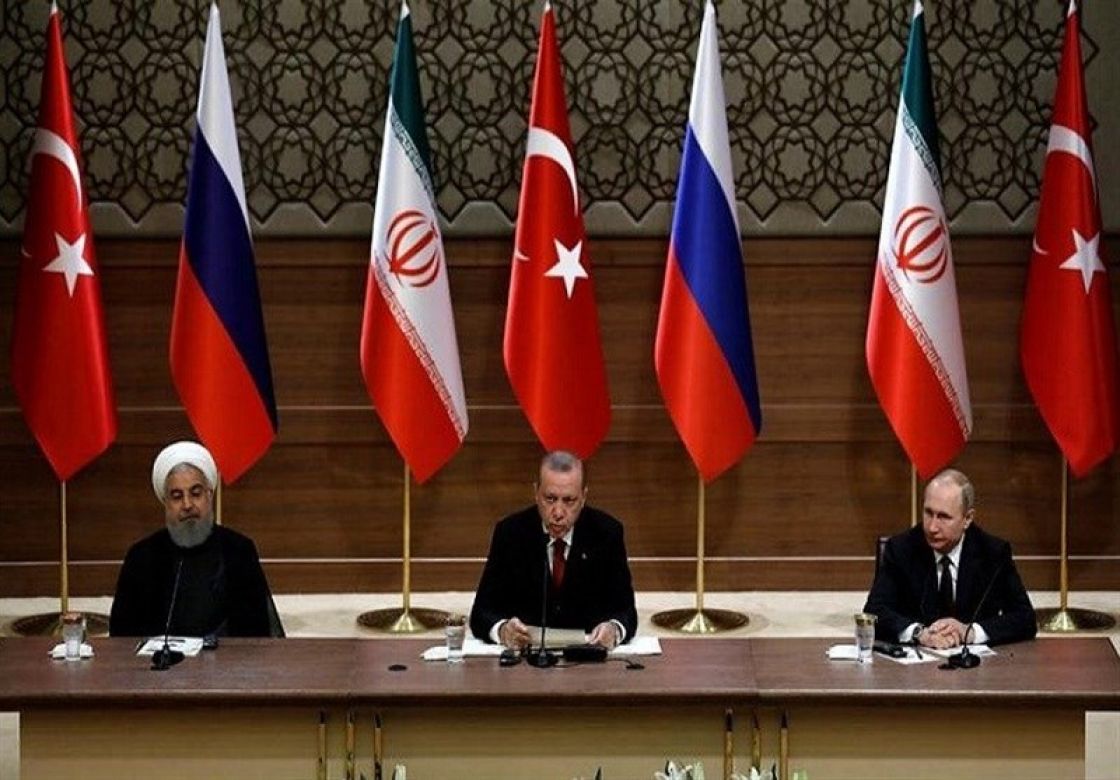- Editorials
- Posted
Tehran Summit: Indications and Implications
The Tehran meeting of the three countries (Russia – Iran – Turkey) has many implications in terms of form and content, whether through the Troika's confirmation of prior consensus or the newly emerging consensus contained in the final communiqué.
The presentation of the sessions through the media and the live broadcast of the speeches of the heads of the three countries constitutes an unprecedented event in the international diplomacy, which, if has any indication, it indicates the level of consensus despite the diversity of views and the readiness of the three parties to rotate the angles. The consensus on the separation of terrorist organizations, such as Al-Nusra Front from other armed groups; the agreement to reject US policy; the stressing on the necessity of withdrawal of US forces from Syria; the consensus shown on Resolution 2254; and the continuous efforts to form the Constitutional Reform Committee in parallel with the preparation for restoring Idlib province to the Syrian state's authority; and the reaffirmation that the political solution is the only solution to the crisis – all of which constitute the objective basis of a new turning point in the Syrian crisis towards the desired solution.
In spite of all the interpretations that try to confuse the results of the summit from one party or another, by highlighting the differences only, which did not exceed Turkey's attempts to save face in light of the situation of Turkish crisis both internally and in its relations with its traditional-historic ally. However, the media hysteria by some Western countries about the hypothesis of the use of chemical weapons in Idlib and making it a pretext for military strikes against Syria, reveals the Western feelings of terror in general, and the American in particular, about the continuation of this trilateral coordination, and about its role and importance, not only in the Syrian crisis, but also as an extension to the manifestation of the new international balance of forces in full swing and rapid pace whether in politics, economics or military deterrence alike.
In addition, the mere continuation of this coordination between the three countries, despite the US anger, and despite the blackmailing of the Troika's parties through successive sanctions, is in itself constitutes a criterion of the new international reality that is being firmly entrenched day after day toward a world in which the US aggression is bridled, and where the international law prevails, instead of the stage of US unilateral monopoly of the international decision-making, and towards a multipolar world which secures peoples their right to self-determination. This is happening in parallel with a sharp division inside the state and society of the United States, along with attempts of many US allies, including its European allies to get away from it.
The results of the Tehran summit reinforce the conviction that Syria is standing on the doorsteps of a new historic phase, the most prominent features of which is the political solution including the elimination of terrorism; the ending of the illegal foreign presence in the country; and the political solution based on UNSC resolution 2254.
Kassioun Editorial, Issue No 878, September 10, 2018


